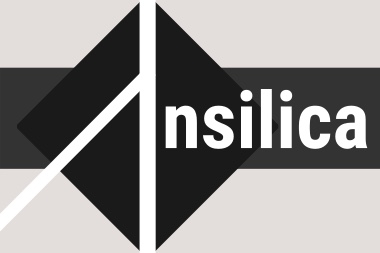|
ASCCT-ESTIV and JSAAE Joint Webinar: Accurate Evaluation of Hepatocyte Metabolisms on a Novel Oxygen-Permeable Material with Low Sorption Characteristics
Monday, December 11, 2023, 8:00 AM - 9:00 AM EDT
Category: Webinar
ASCCT-ESTIV and JSAAE Joint Webinar: Accurate Evaluation of Hepatocyte Metabolisms on a Novel Oxygen-Permeable Material with Low Sorption CharacteristicsPresenter: Masaki Nishikawa, PhD, Department of Chemical System Engineering, University of Tokyo, Tokyo, Japan Registration is open!Abstract: In the pharmaceutical industry, a standard to assess hepatic metabolisms and toxicity in vitro is primary cultured hepatocytes. However, a major drawback is the functional deterioration upon isolation, mostly due to the lack of a physiological environment, such as oxygen supply. Researchers including us have reported that culturing hepatocytes in microphysiological systems (MPS) using Polydimethylsiloxane (PDMS) as a material improves the function of isolated hepatocytes by its high oxygen permeability. In our studies, the use of PDMS on the culture bottom allows for higher cell densities compared to conventional plates or even perfusion culture, because sufficient oxygen supply flux is ensured from the initial cell attachment and elongation processes, which are particularly oxygen-intensive. Additionally, complete multilayer co-culture with nonparenchymal cells has been achieved, resulting in long-term stable culture with remarkably enhanced hepatocyte functions, including drug metabolism, albumin secretion, and the formation of capillary bile ducts. Recently, we have also succeeded in reproducing hepatic metabolic zonation in vitro by controlling the oxygen supply flux to the cells. However, the high chemical sorption property of PDMS has impeded its practical use in drug development. Therefore, we conducted an evaluation of a new culture material, 4-polymethyl-1-pentene polymer (PMP), comparing it to PDMS and conventional tissue culture polystyrene (TCPS). First, we confirmed the high oxygen permeability and low sorption characteristics of PMP, which were comparable with that of PDMS and TCPS, respectively. Using primary rat hepatocytes, we showed high levels of liver function were maintained at least for 1 week on PMP. Moreover, we demonstrated that low chemical sorption characteristics and high oxygen permeability of PMP were key factors in both exploiting the potential of primary cultured hepatocytes and performing an accurate evaluation of hepatic metabolisms. Interestingly however, when this system was used for cryopreserved primary human hepatocytes, we found insufficient attachment probably due to the high cellular damage during cryopreservation. Combinations of anti-apoptotic and anti-inflammatory compounds were tested for amelioration, and beneficial effects were observed on Reactive Oxygen Species production after 6 hours of adhesion, as well as on mitochondrial activity, LDH release, and drug metabolism. Furthermore, the additives were only required during the initial attachment and elongation processes. In conclusion, we find that PMP represents a superior alternative to both PDMS and TCPS, making it a promising material for various drug testing systems. Contact: [email protected] |

 Prev Month
Prev Month View Month
View Month Search
Search Go to Month
Go to Month Next Month
Next Month Export Event
Export Event 




